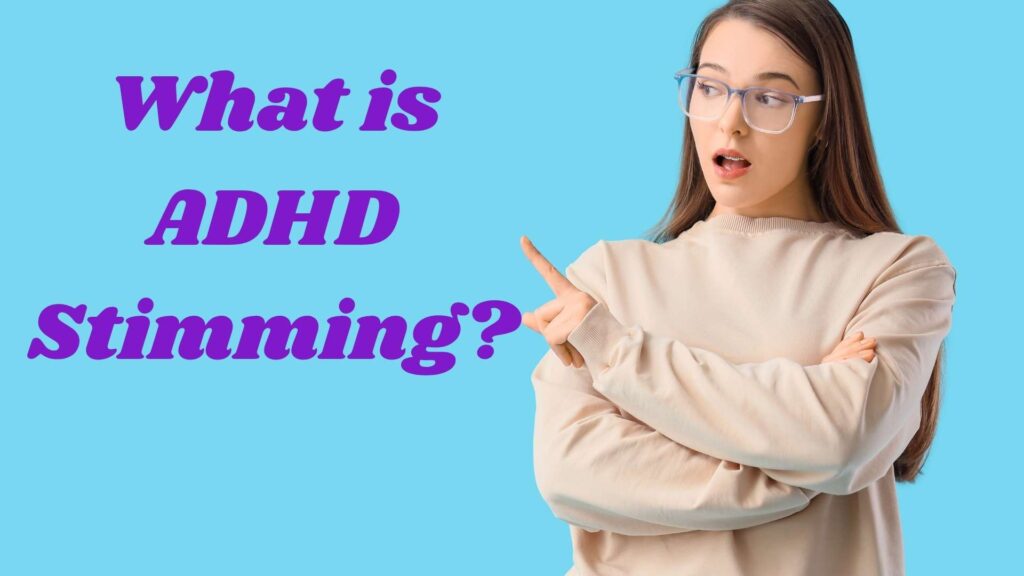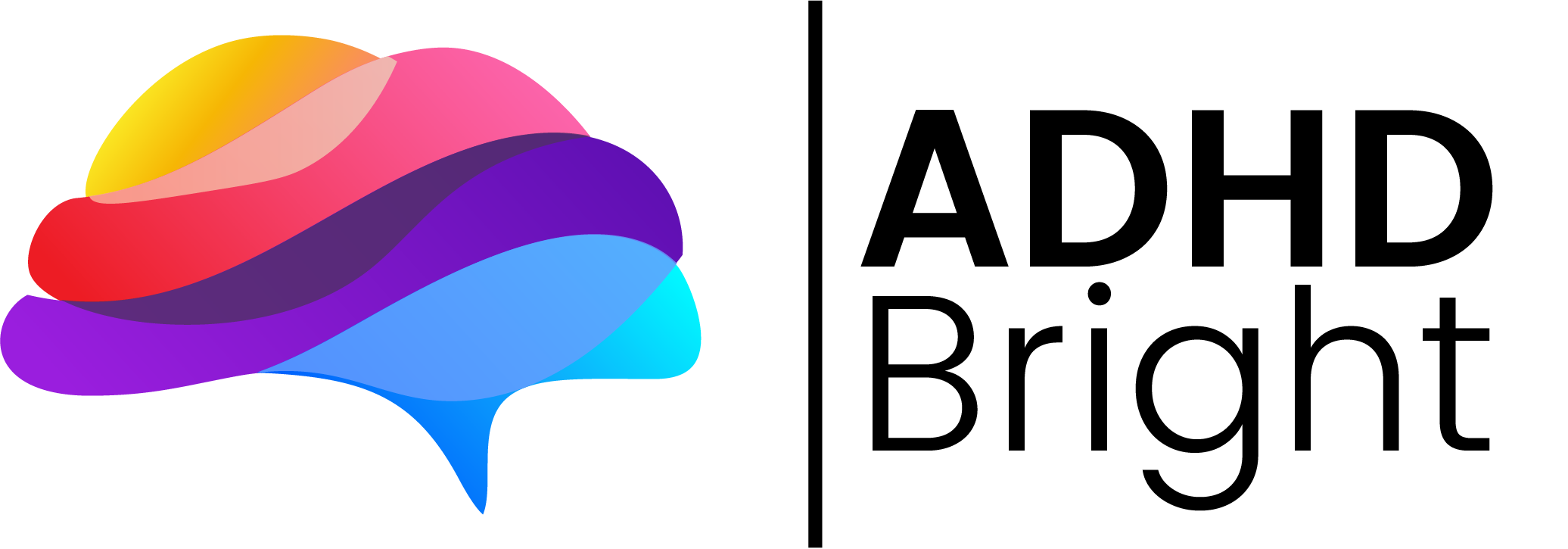TL;DR: What Is ADHD Stimming?
ADHD stimming—short for self stimulatory behavior—involves repetitive movements or sounds that help people with ADHD focus, release energy, or self soothe during sensory overload or stressful situations. While it overlaps with autism stimming, it usually serves different purposes, such as improving attention or expressing excitement.
Most stimming behaviors are harmless coping mechanisms, but if they cause physical harm or distress, support through behavioral therapy, deep breathing exercises, or guided journaling for self-awareness can help.
Learn more about emotional reflection with our ADHD Planner’s CBT-based journaling prompts, and explore related guides on ADHD task initiation, using a planner with ADHD, and creating calmer spaces.

What Is ADHD Stimming?
If you’ve ever found yourself tapping your pen, bouncing your leg, or humming without realizing it, you might have experienced ADHD stimming. But what is ADHD stimming exactly?
In simple terms, ADHD stimming refers to self stimulatory behavior—actions that help people with ADHD self soothe, focus, or release excess energy. These stimming behaviors are repetitive movements or sounds that the body uses as a coping mechanism for overwhelming sensory input, stress, or excitement.
While often associated with autism spectrum disorder, stimming in ADHD is also common. The Diagnostic and Statistical Manual (DSM-5) recognizes these patterns in attention deficit hyperactivity disorder (ADHD) as part of emotional and behavioral regulation challenges.
Common ADHD Stimming Behaviors
ADHD stimming behaviors vary widely, but they all serve one purpose—to self regulate and help the brain stay focused. Here are some of the most typical examples:
- Fidgeting tools like stress balls or fidget spinners
- Nail biting, hair twirling, or skin picking
- Repetitive body movements, such as leg shaking or pacing
- Making repetitive sounds like humming or throat clearing
- Repetitive blinking or visual stimming (watching spinning objects)
- Vestibular stimming, including rocking or spinning
- Tapping rhythms to block out external stimuli or loud noises
These stimming behaviors are not inherently negative—they’re simply ways for people with ADHD to self soothe, manage ADHD symptoms, and combat boredom or sensory overload.
However, some harmful stimming behaviors (like skin picking until bleeding or repetitive movements causing physical injuries) may require support from behavioral therapy or licensed therapists flexible cancellation options for sustainable care.
What Causes ADHD Stimming?
The reasons behind ADHD stimming are rooted in the ADHD brain itself. Because deficit hyperactivity disorder ADHD affects dopamine pathways and executive functioning, the brain craves stimulation and feedback. ADHD stims—from tapping to humming—provide that boost.
Key stimming triggers include:
- Stressful situations or anxiety
- Excess energy buildup
- Boredom or low stimulation
- Emotional intensity (like excitement or frustration)
- Overwhelming sensory input (crowded spaces, loud sounds, or bright lights)
In other words, stimming behaviors often emerge when people with ADHD need to process emotions, increase focus, or self soothe quickly.
Difficulty initiating tasks or transitions can also trigger stimming behaviors in people with ADHD. If starting feels impossible, this guide on ADHD task initiationoffers step-by-step strategies to get unstuck.
How ADHD Stimming Differs from Autism Stimming
While both ADHD stimming and autism stimming fall under self stimulatory behaviors, they serve slightly different roles:
- Autistic people may stim to manage sensory stimulation or maintain comfort in unpredictable environments.
- People with ADHD typically stim to improve focus, express excitement, or channel immediate gratification when energy or attention levels fluctuate.
That said, ADHD and autism can overlap, and many individuals experience both—making it important to understand each person’s stimming behaviors individually.
When Stimming Helps — and When It Hurts
Most stimming behaviors are neutral or beneficial. They help people with ADHD manage emotions, maintain focus, and even self soothe during stressful situations.
However, harmful stimming behaviors—like hitting oneself, biting skin, or pulling hair—can cause physical harm. These moments often signal deeper emotional distress or sensory overload.
If you notice stimming triggers escalating, it’s important to identify triggers early and work toward alternative self regulation techniques, such as deep breathing exercises, grounding, or journaling.
Journaling as a Tool for Self-Awareness and Emotional Regulation
Journaling can be a powerful way for people with ADHD to build self-awareness, understand emotional patterns, and strengthen their ability to self soothe—especially when dealing with stressful situations or intense emotions that may lead to stimming behaviors.
Our ADHD Planner with CBT journaling prompts wasn’t created to manage or stop stimming—it was designed to support emotional regulation and help you understand the “why” behind your behaviors. The guided CBT-based reflections encourage you to notice your triggers, thought patterns, and responses so you can respond more intentionally, rather than reactively.
Over time, this kind of journaling helps you connect your emotions, behaviors, and environment—turning self-reflection into a tool for emotional balance and long-term growth.
Strategies to Manage ADHD Stimming Behaviors
If your stimming behaviors interfere with daily life or comfort, the goal isn’t to stop them—but to manage stimming behaviors in ways that promote safety, focus, and self-acceptance.
Here are some ADHD-friendly strategies backed by science:
- Use replacement tools. Channel self stimulating behaviors through fidgeting tools, sensory putty, or movement breaks.
- Identify triggers. Keep a log to track when and why certain stimming behaviors appear—this increases awareness and self-regulation.
- Practice deep breathing exercises. Calm your nervous system when you feel sensory overload or excess energy.
- Combine therapy and journaling. Pair behavioral therapy or online talk therapy options with reflective writing for sustainable growth.
- Adopt a healthy lifestyle. Prioritize adequate sleep, exercise, and protein-rich meals to support mental health and impulse control.
- Engage in happy stimming. Don’t suppress movements that express excitement or joy—allow yourself to move freely and celebrate your energy.
These approaches help you manage ADHD stimming gently—without shame or restriction.
Decluttering and creating a calm environment can also reduce sensory overload that triggers stimming. Learn practical steps in How to Clean Your Room With ADHD.
How Journaling Helps With Emotional Regulation
Many people with ADHD experience emotional dysregulation—intense feelings that are hard to process. Journaling works as a form of behavioral therapy, helping you reflect on repetitive movements and emotional triggers.
This simple daily habit helps you:
- Recognize self stimulatory behavior patterns
- Improve impulse control and awareness
- Strengthen your ability to manage emotions
- Reframe thoughts through CBT-inspired reflection
The ADHD Bright Planner’s journaling system transforms self stimulating behaviors into a form of emotional insight. Over time, it encourages improved self regulation—helping you grow from reactive to reflective.
When to Seek Support
If your ADHD stimming behaviors become distressing or dangerous, professional help can make a major difference. Licensed therapists flexible cancellation and live video chat psychiatry services make getting support easier than ever.
Therapeutic interventions like behavioral therapy, prescription management therapy, or ADHD coaching can help you learn alternative ways to self soothe, reduce stressful situations, and build confidence in managing your stims.
Final Thoughts
What is ADHD stimming? It’s the ADHD brain’s natural way to regulate, release, and refocus. These stimming behaviors may look like quirks from the outside—but for people with ADHD, they’re essential for emotional balance and focus.
With awareness, journaling, and the right tools, you can manage ADHD stimming, protect your mental well-being, and self soothe in healthy, empowering ways.
Explore how our CBT journaling system inside ADHD Bright can support your emotional clarity and reflection journey.




